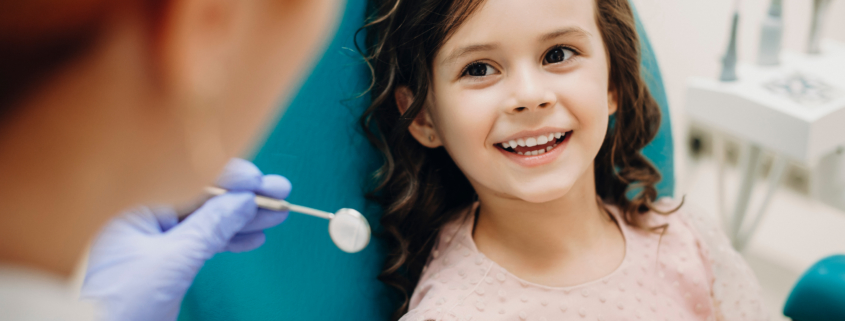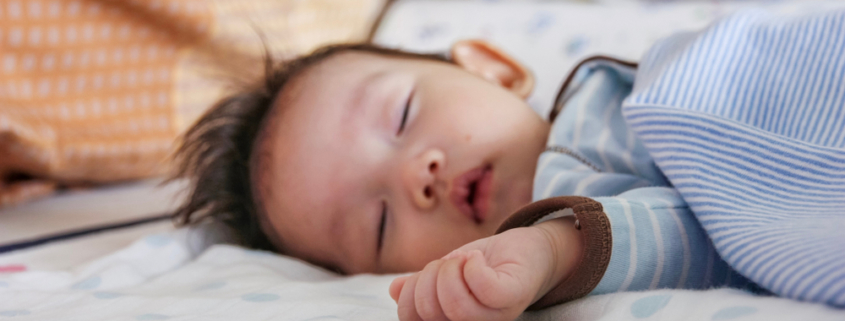Can Holistic Dentists Provide Orthodontic Treatments?
Many people dream of having a straight, picture-perfect smile. That’s why more than 4 million Americans choose to wear braces to straighten their teeth, with children being the most common orthodontics patient. Crooked teeth affect more than just your appearance. From your bite to your sleep quality at night, straightening your teeth has a positive overall effect on your health.
Seeing a holistic dentist to pursue orthodontic treatment can be a great option if you want an integrative solution that looks at your health, or your child’s health, as a whole. Curious how a holistic dentist can help with straighter teeth? Here are several integrative orthodontic alternatives to conventional braces to explore.
Want to learn how we can help? Schedule an appointment today.
What is a Holistic Dentist?
The key difference between a holistic dentist, also referred to as an integrative dentist, and a traditional dentist is that holistic dentists take an integrative approach to oral health care. A conventional dental professional, on the other hand, often focuses only on a patient’s dental health.
A holistic dentist considers the body a whole when recommending treatments and can discuss how nutrition, sleep, mental health, and other lifestyle factors are connected to common dental issues. Because of this, an integrative dentist can address a wide range of issues, including treatment for sleep apnea.
These dental professionals also avoid toxic chemicals, such as mercury, when administering treatments and exercise extreme caution when addressing root canal treatment or applying fillings. However, a holistic dentist can perform all the same procedures that a conventional dentist can provide, which includes surgery if that is the best course of action to meet your needs.
How Can a Holistic Dentist Help Straighten Teeth?
When it comes to orthodontics, a holistic dentist can offer several treatments that use less metal while effectively straightening and aligning the teeth. Many of these solutions look beyond just guiding the jaw and teeth into a more ideal position and address how a person’s tongue position, muscle composition, and swallowing methods all affect his or her bite.
Healthy Start®
Designed for children of various ages, Healthy Start® can help children achieve proper jaw alignment and straighter teeth at night while also addressing early sleep apnea. This treatment uses a rubber retainer worn during sleep. The Healthy Start® system utilizes various appliance types can protect the child’s mouth from certain harmful sleep habits, such as teeth grinding, and adjust the jaw to better accommodate emerging adult teeth.
For children with signs of Sleep Disordered Breathing, the retainer can help by keeping their airways open and moving their jaw forward to allow for proper airflow while asleep. Many children and parents notice drastic changes in their children’s sleep patterns and daytime behavior, including improvements to the following symptoms:
- Daytime drowsiness and irritability
- Bed wetting
- ADHD and other attention disorders
- Night terrors and mid-night awakenings
- Asthmas and allergies
- Snoring and gasping while asleep
Advanced Light Force Therapy
The Advanced Light Force therapy is primarily used for children, especially those under the age of 12. It is a good alternative for patients that need more than a mandibular advancement device to treat their sleep apnea.
ALF uses a wire appliance to straighten the teeth and align the jaw while also addressing the alignment of a child’s facial, cranial, and spinal bones with the use of light force. A holistic dentist can use this treatment to help children achieve more ideal tongue placement.
In additional to the cosmetic benefit of straightening children’s teeth, ALF can help address a variety of issues, including sleep apnea, speech impediments, TMJ disorders, issues with nervous system regulation, poor spinal alignment, and mandible underdevelopment.
If you want to explore healthy, integrative treatments for straightening teeth and achieving overall better health for you or your child, the best place to start is with a holistic dentist. From getting better sleep at night to having a smile you can be proud of, Dr. Mandanas in Anchorage, Alaska can discuss healthy treatment options that go beyond conventional orthodontics.
Ready to get the smile you’ve always dreamed of? Contact us today!



